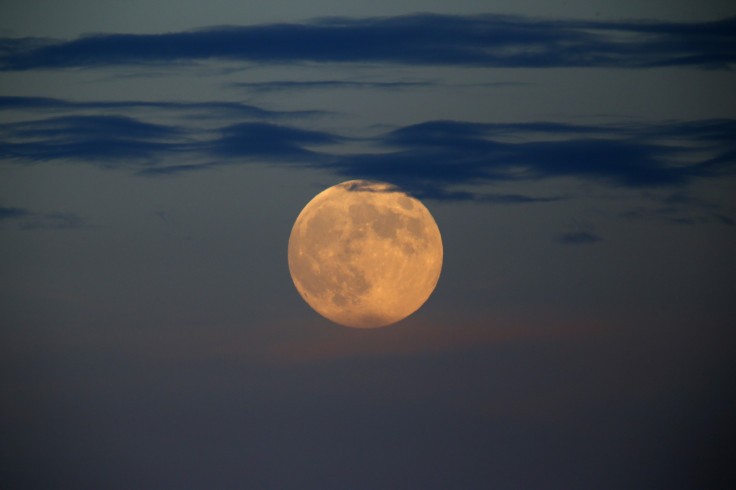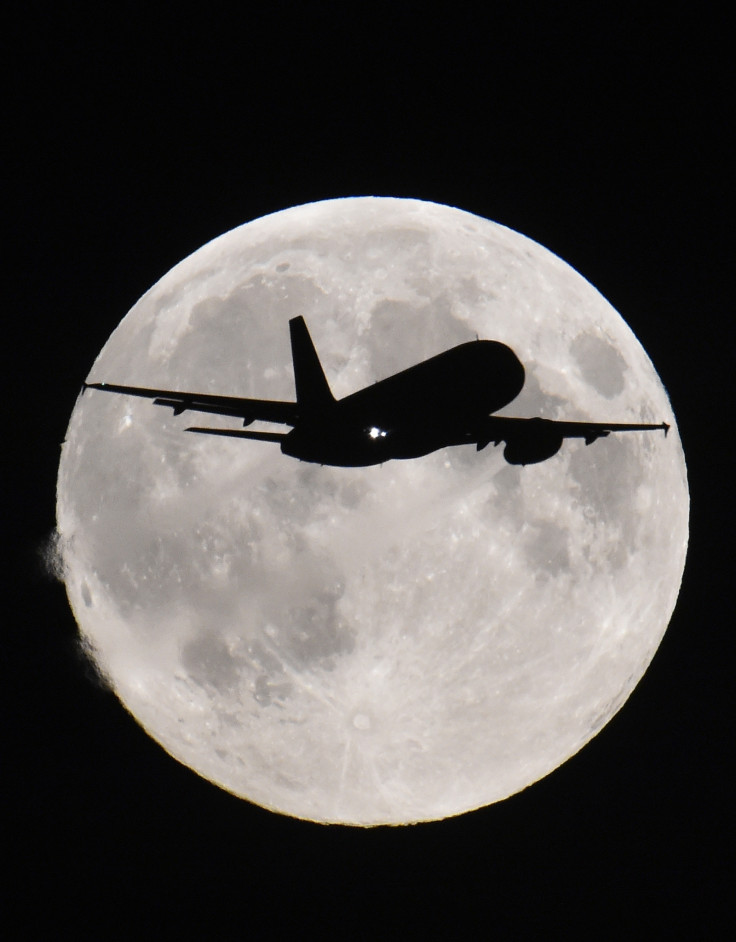Harvest Supermoon 2014: Spectacular Photos and Video Replay of Third Full Moon Finale

The summer has ended with another spectacular lunar display with the final supermoon in a series of three, which have illuminated the night sky this year.
Named the Harvest Moon, as it is the full moon that rises closest to the September equinox of 22 September. Supermoons also appeared on July 12 and August 10, with the brightest and biggest taking place in August.
You can watch a replay of the supermoon finale courtesy of the Slooh Community Observatory here.
Soul On Fire #supermoon2014 pic.twitter.com/Vh2CPERvox
— ╗M╔ (@ellenaturel) September 9, 2014A supermoon is the coincidence of a full moon or new moon, with the closest approach the moon makes to the Earth on its elliptical orbit -- resulting in the moon appearing larger and brighter than normal. The scientific term for the phenomenon is a "perigee moon".
Space agenecy Nasa said in a statement: "Full moons vary in size because of the oval shape of the moon's orbit. The moon follows an elliptical path around Earth with one side (perigee) about 50,000 kilometers closer than the other. Full moons that occur on the perigee side of the moon's orbit seem extra big and bright."
Philip Erikson, principal research scientist at the Massachusetts Institute of Technology's Haystack Observatory outside Boston, told Reuters that when the moon was at perigee it was around "13% to 14% bigger optically" and about 30% brighter.

Although this is the final supermoon for 2014, there are six projected for next year: 20 January, 18 February, 20 March, 29 August, 28 September and 27 October.
Bob Berman, an astronomer for Slooh, said: "Whether we call this a super Harvest Moon or a Harvest supermoon, and whether we fuss over the fact that lunar perigee happened just one night before this moon was full, there's no denying that it's the Harvest Moon.
"This is the year's most famous full moon, and one of only two that even have a name. Yet it's bathed in myth and misconception even without all the extra 'supermoon' business.
"It will be fun to explore the true secrets of the Harvest Moon while watching it live."
He said that while the phenomenon was shrouded in hype, "nothing in the sky is more striking than the rising of an enormous-looking full moon".
"Thanks to the super-tides that day and the following day, Earth's biosphere will definitely be affected by this event," Berman told Space.com.
Yesterday's 99.9% full moon rising behind The Shard. @TheShardLondon @ShangriLaShard #supermoon #supermoon2014 pic.twitter.com/mpqWJyjvS5
— LDN fromthe Rooftops (@London_Rooftops) August 12, 2014© Copyright IBTimes 2025. All rights reserved.






















